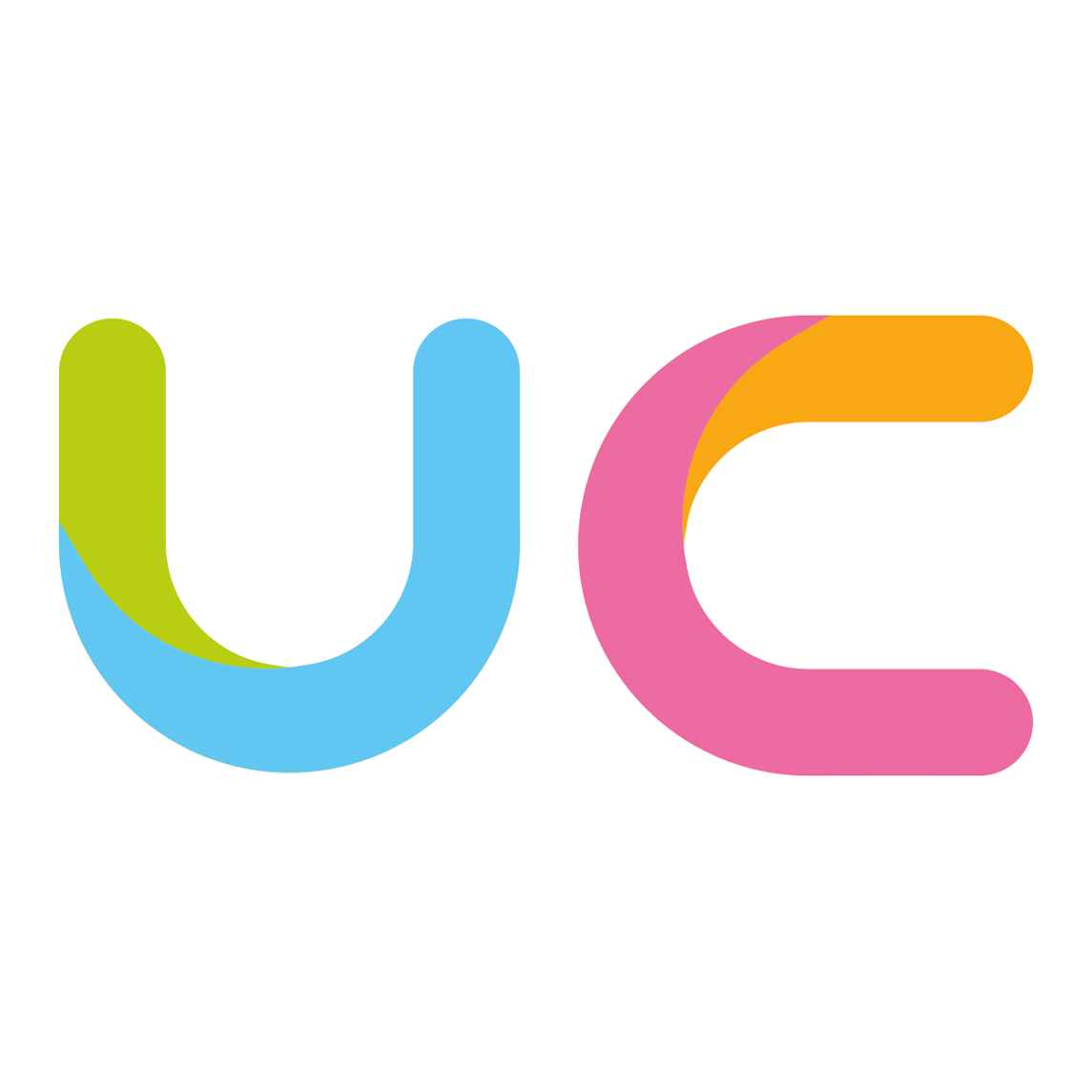It was a dark and rain-swept night outside the police department. Shaking his head with a deep sigh, a brooding Detective Kowalski scanned the scattering of notes and photographs strewn on his desk — sure in the knowledge that he had everything he needed to shut this cold case down for good, but the evidence made no sense, not one bit.
No missing pieces of the puzzle remained. No tantalising threads to follow. No hidden words or phrases waiting to reveal some case-breaking secret. Kowalski had everything, but at the same time, had nothing.
You see, having everything to hand amounts to nothing if there’s little to no context connecting this note to that citation, or that web page with the important research.
Kowalski didn’t have the Under Cloud.
Doing research is hard, and to be a detective is the default role of the average academic researcher, alternating between teacher, supervisor, administrator, support officer, consultant — the list goes on.
Doing research is more than shoving a bunch of things into the same folder, adding a load of tags, or a combination of the two.
Anyone working on large projects, or doing complex research (like a journalist or an academic) knows that folders and tags have their limitations.
But this is often as far as the likes of Evernote and Microsoft OneNote go, and it’s a crime!
Imagine writing a note about “Apples”, saving a web page about “Oranges”, and then linking the two together with the description “Fruit.”
Now imagine a note on BAME representation in software development in the Leeds area, linked to a web pages from the Yorkshire Evening Post and The Guardian, each in turn linked to assortment of tweets and videos from YouTube, people sharing their ire and illations.
Instead of struggling with the organisation of this or that, we focus on creating amazing interactive, contextual narratives of what we’re learning.
So the Under Cloud is the literal and figurative missing link in the evolution of doing research.
But how does a link improve things? By adding the context we had in mind when we began doing the research — capturing the what, the why, when, and how.
If you’d like to know more about the Under Cloud, and how it could transform a crime scene of chaotic notes into something that could help win that research funding, then let’s talk.
Or visit the Under Cloud, the ultimate research assistant, and learn more.
[ninja_form id=’1′]



